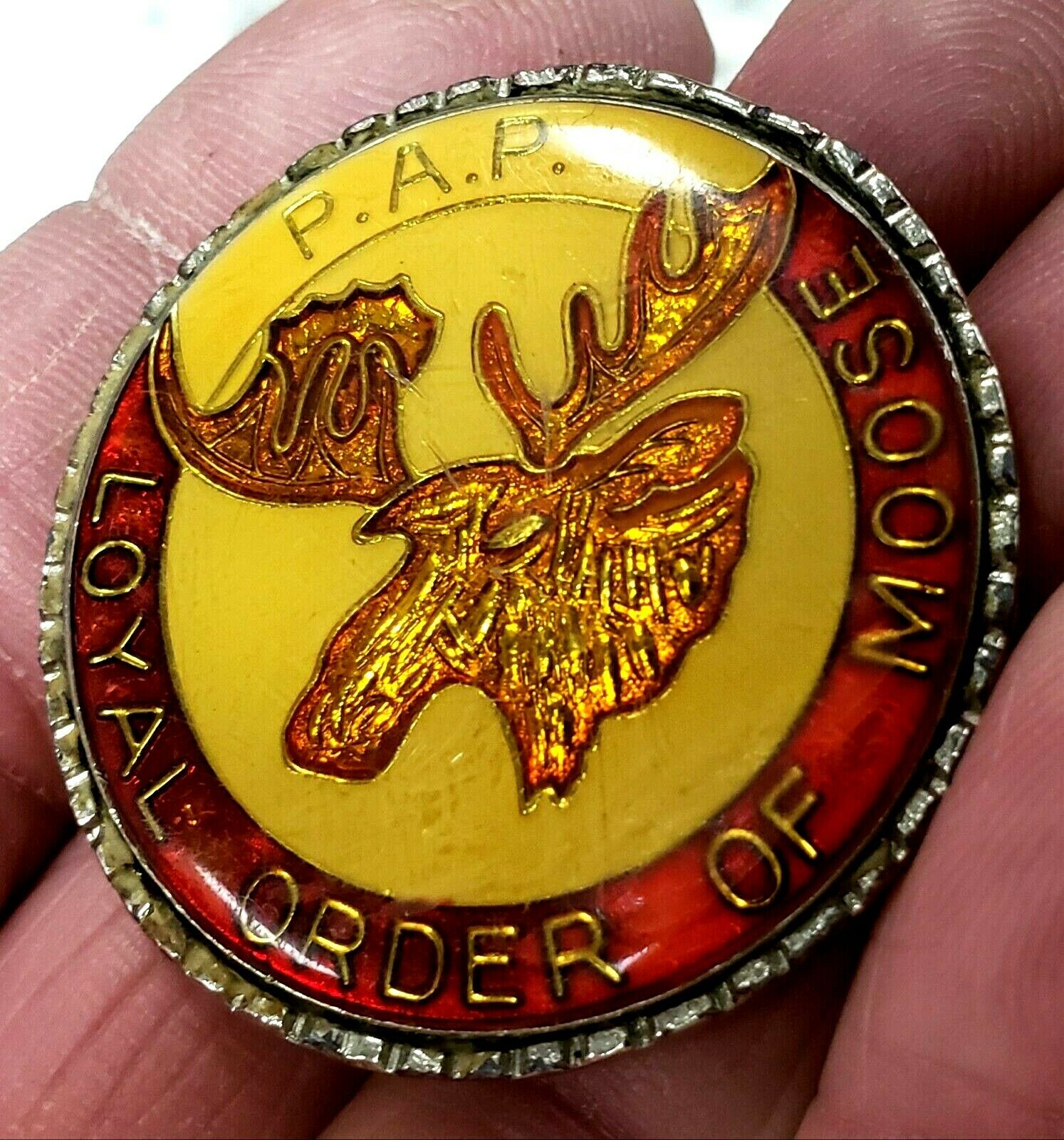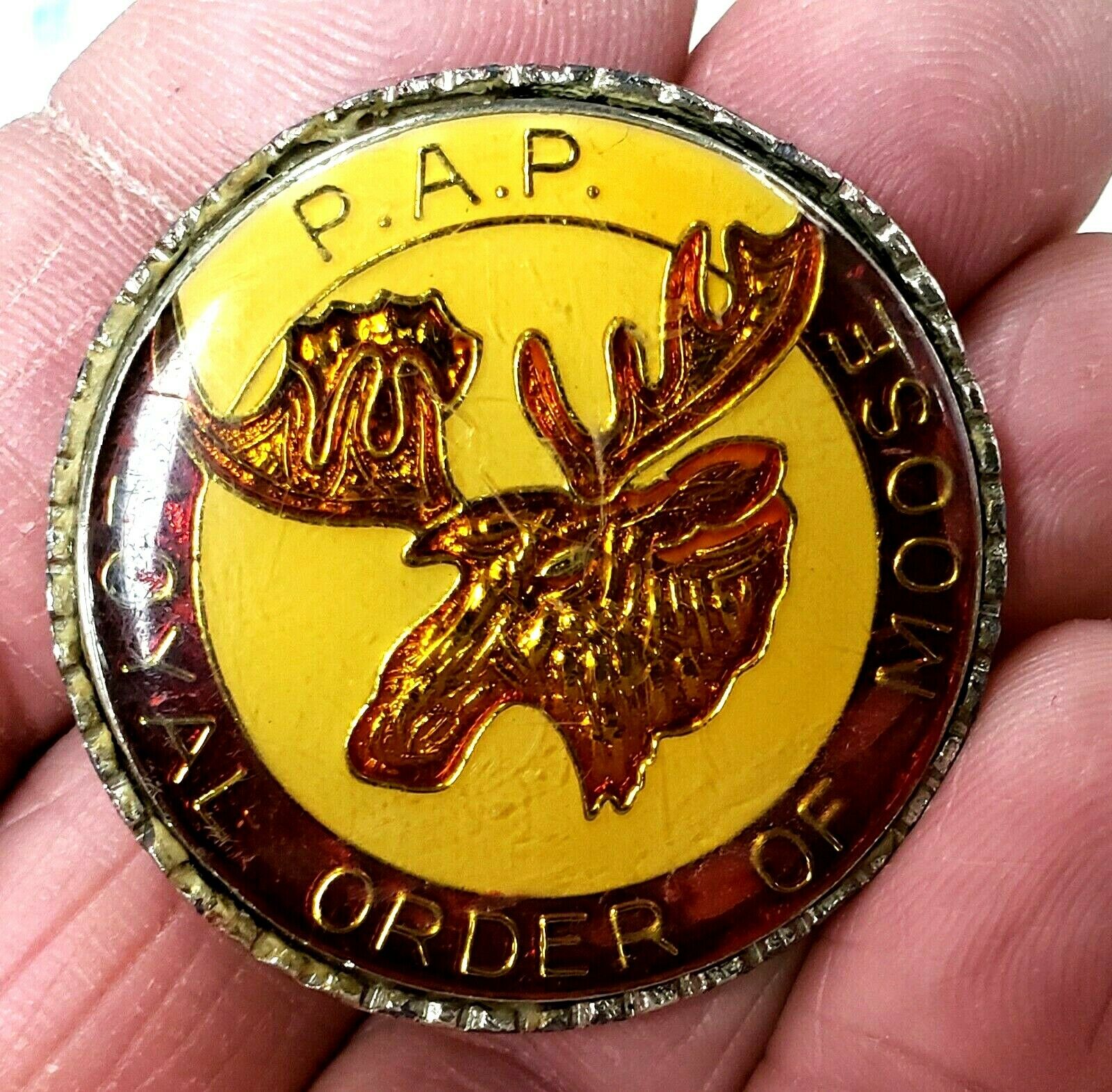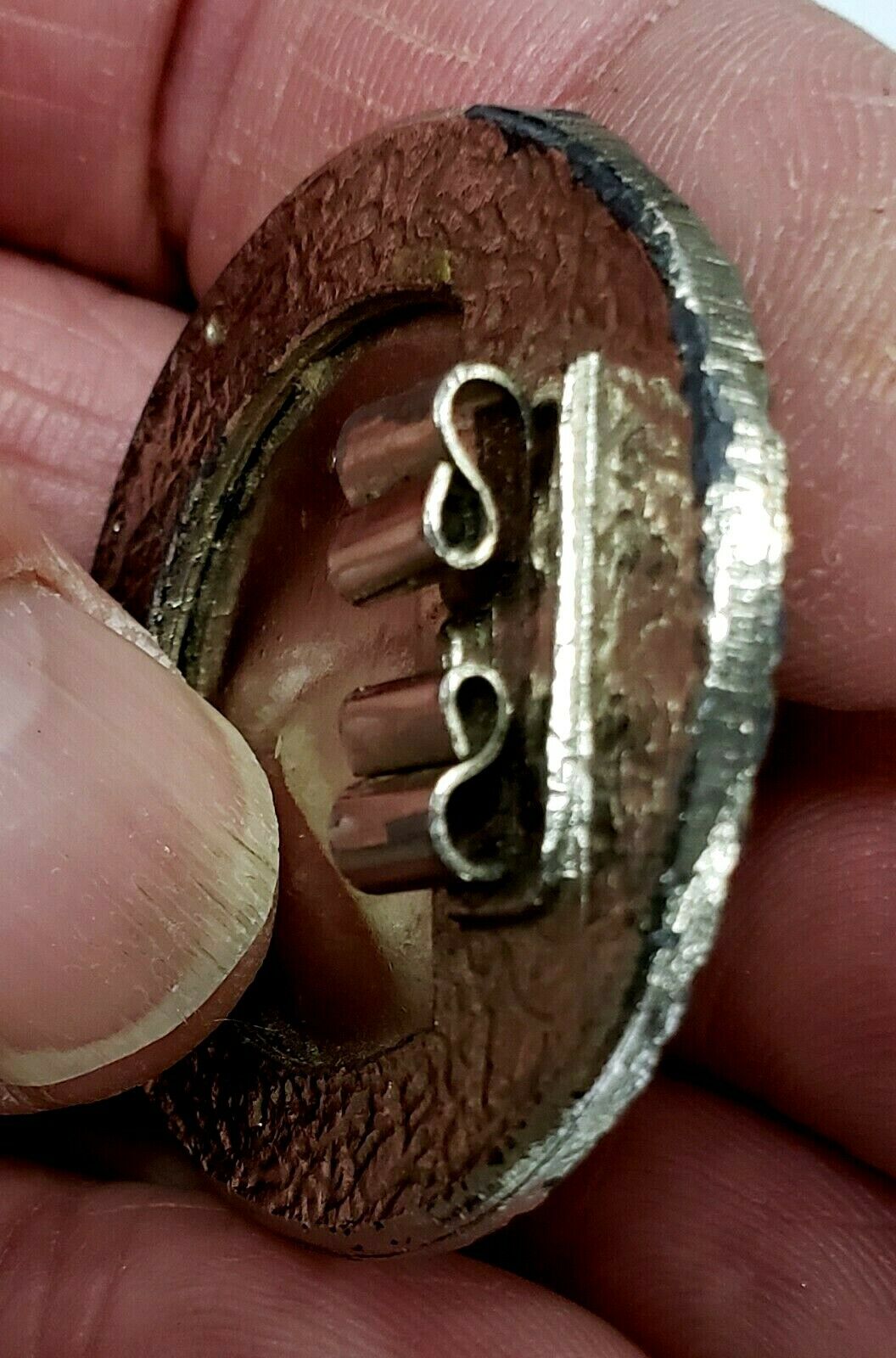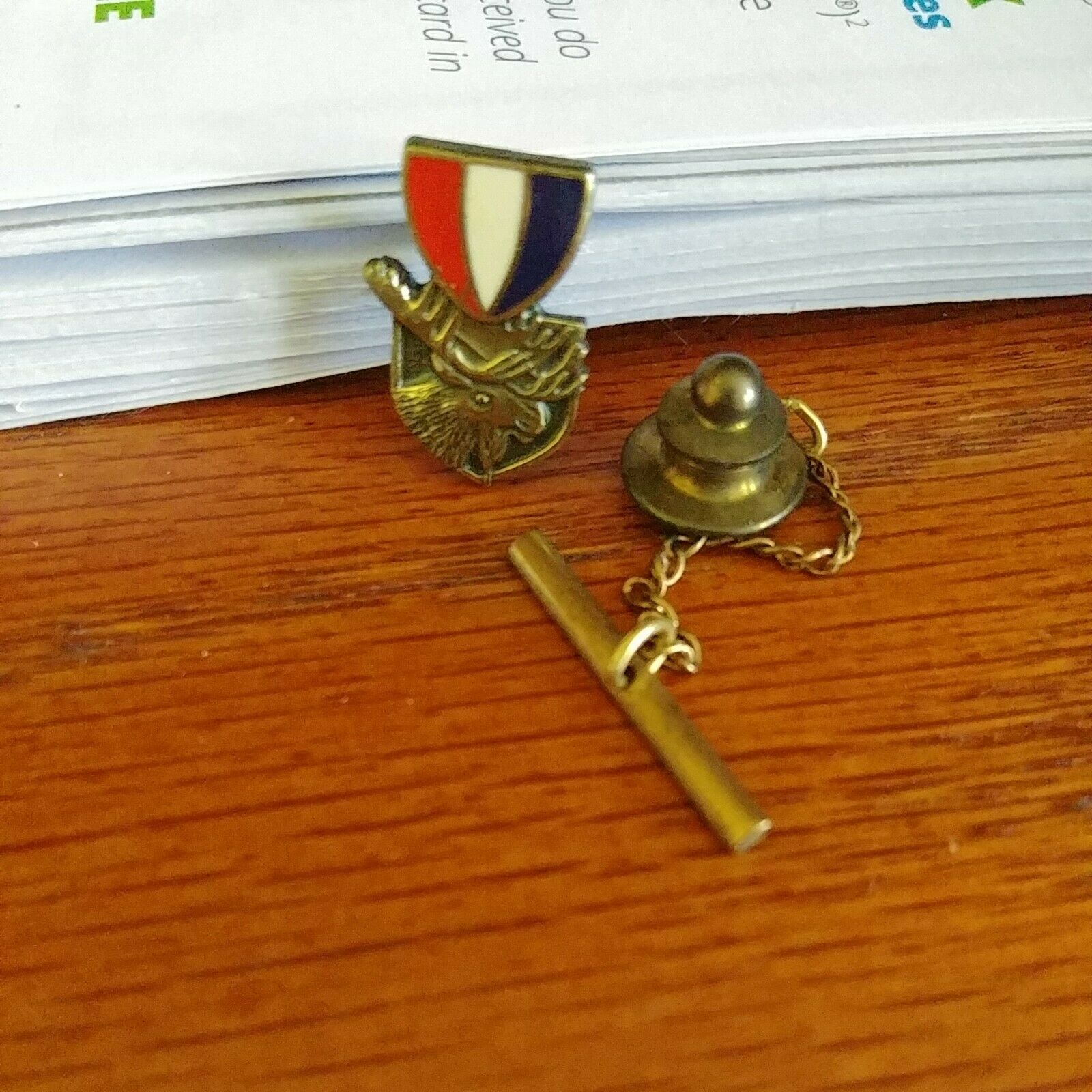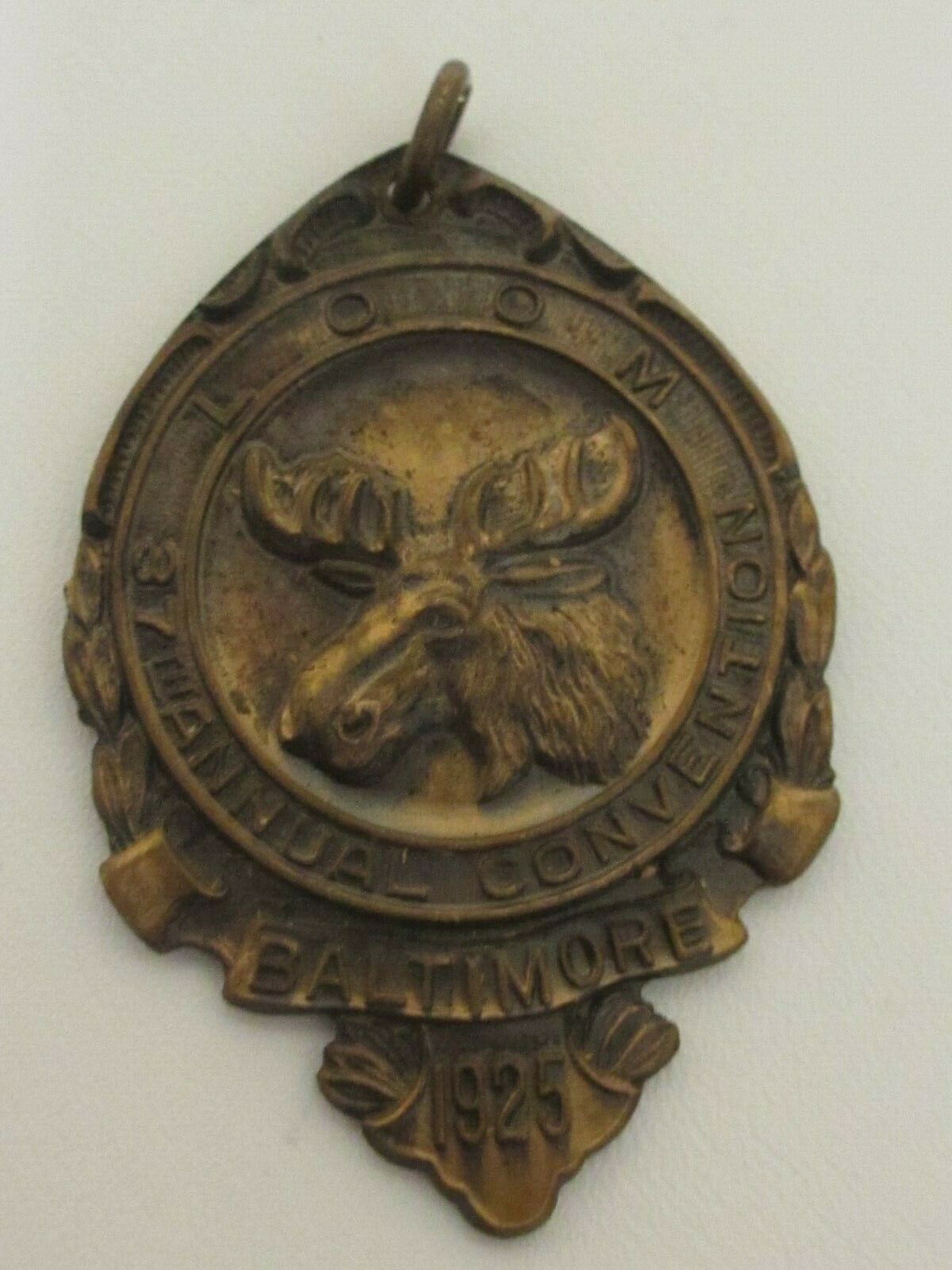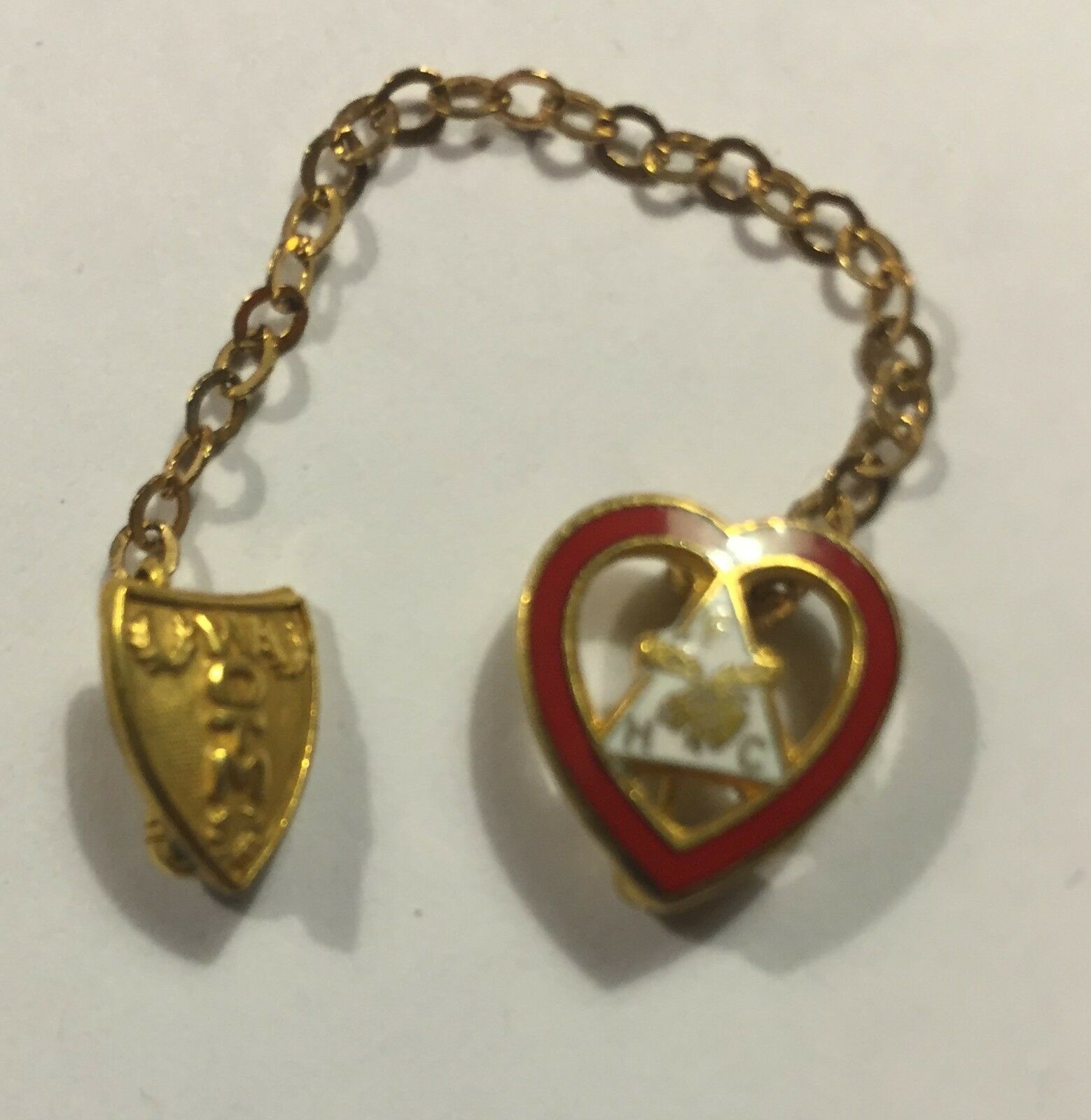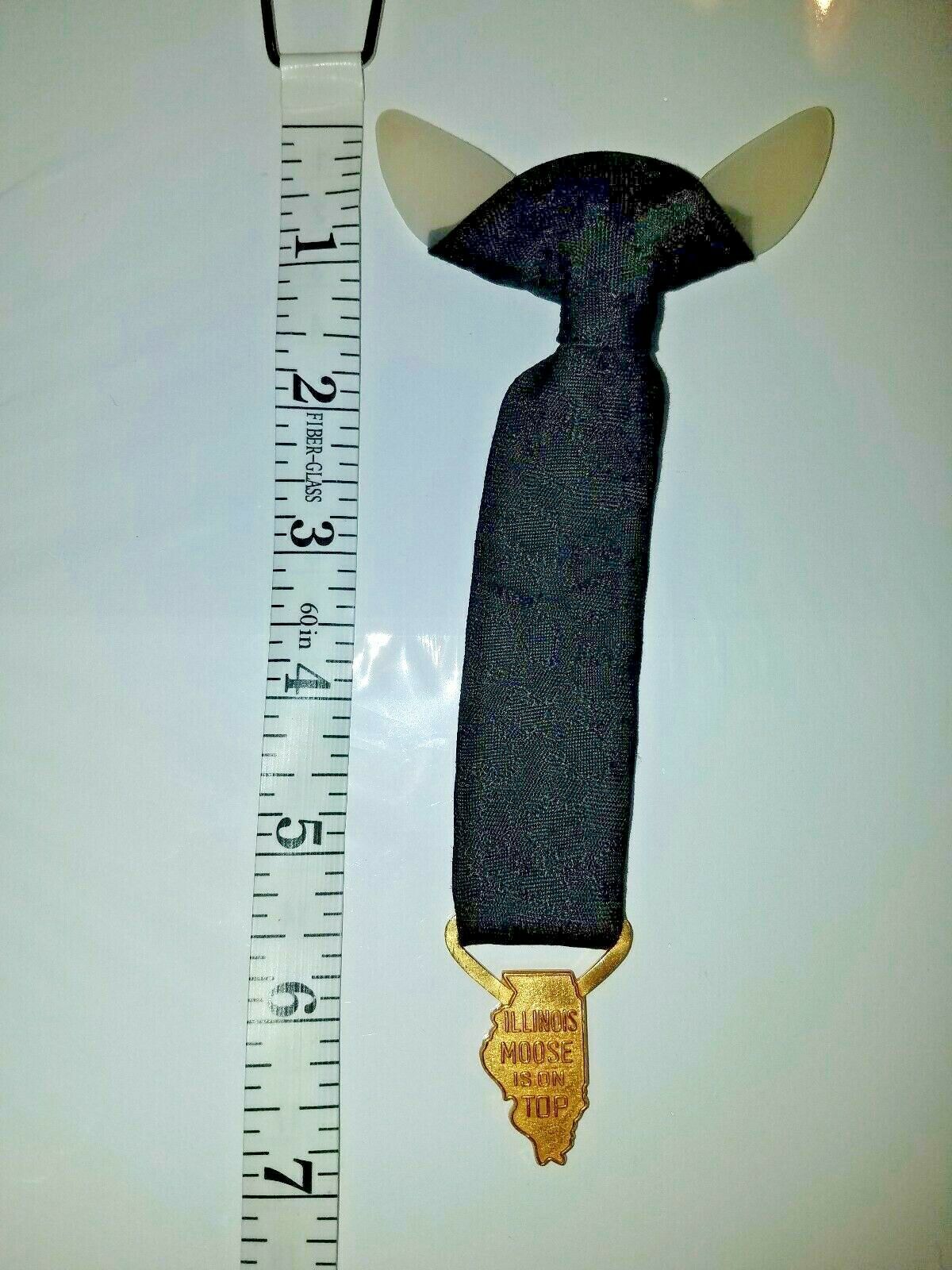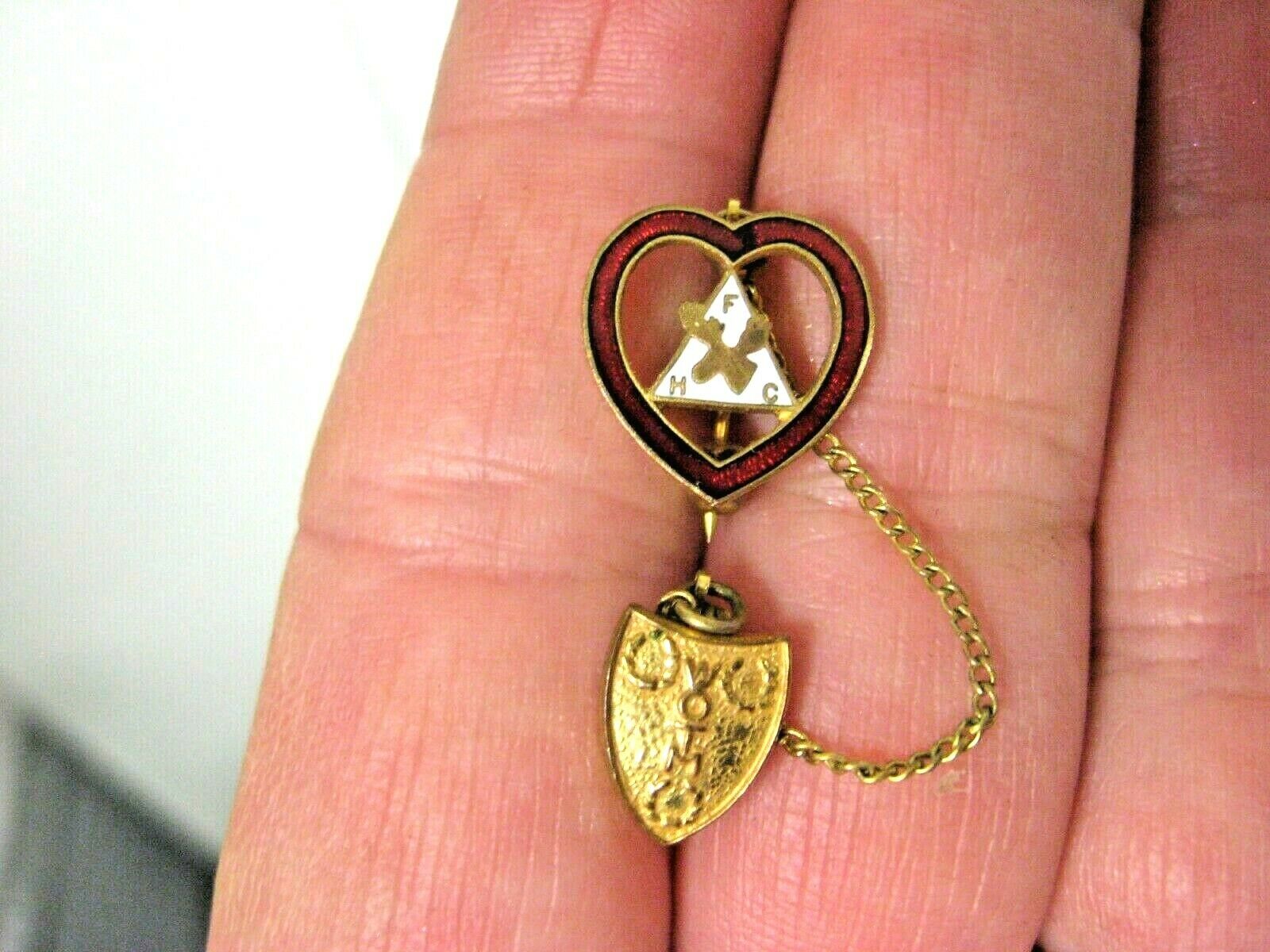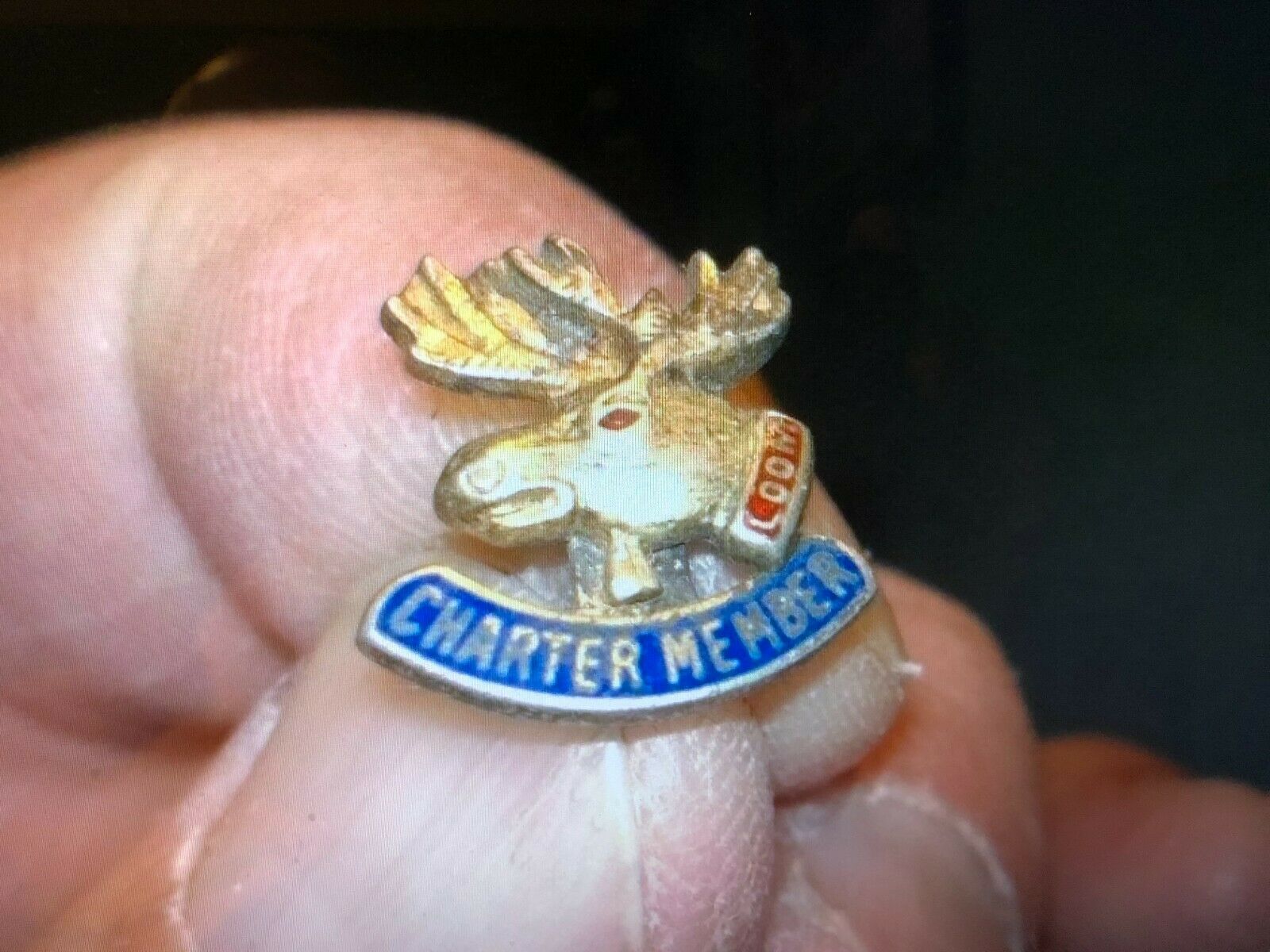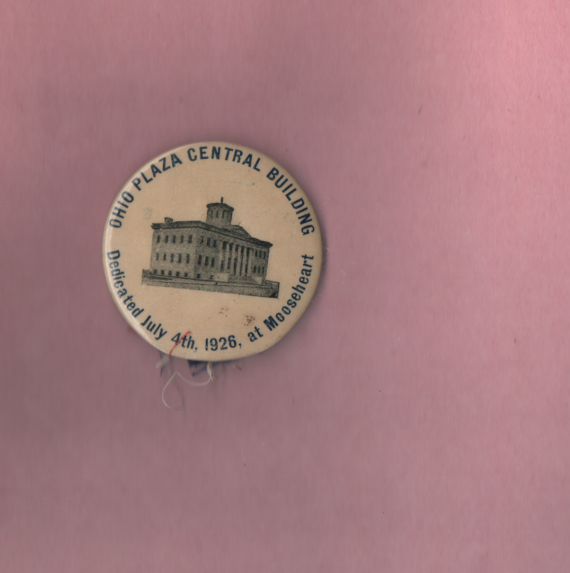-40%
Vintage Loyal Order of Moose P.A.P. Colorful Acrylic Western Bolo Tie slide
$ 13.19
- Description
- Size Guide
Description
CHECK OUT OUR OTHER EBAY AUCTIONS STARTING AT .99cCALIFORNIA SALES ARE SUBJECT TO CALIFORNIA SALES TAX OF 7.75% & YES WE DO COMBINE SHIPPING!! JUST ASK US BEFORE CHECKING OUT.. THANK YOU!
Purity, Aid, & Progress
Loyal Order of Moose
From Wikipedia, the free encyclopedia
Jump to navigation
Jump to search
Lodge 266,
Jersey City, New Jersey
Lodge 168,
Brooklyn, New York
Pittsburgh
Moose Convention, Toledo, Ohio
The
Loyal Order of Moose
is a
fraternal
and service organization founded in 1888 and headquartered in
Mooseheart, Illinois
.
Moose International supports the operation of
Mooseheart Child City & School
, a 1,023-acre (4.14 km
2
) community for children and teens in need, located 40 miles (64 km) west of Chicago; and Moosehaven, a 63-acre (250,000 m
2
) retirement community for its members near
Jacksonville, Florida
.
Additionally, the Moose organization conducts numerous sports and recreational programs, in local Lodge/Chapter facilities called either Moose Family Centers or Activity Centers, in the majority of 44 State and Provincial Associations, and on a fraternity-wide basis. There is also a
Loyal Order of Moose in Britain
. These organizations together make up the
Moose International
.
Contents
History
[
edit
]
The Loyal Order of Moose was founded in
Louisville
,
Kentucky
, in the spring of 1888 by Dr.
John Henry Wilson
. Originally intended purely as a men's social club, lodges were soon founded in
Cincinnati
,
Ohio
,
St. Louis
,
Missouri
, and
Crawfordsville
and
Frankfort
,
Indiana
. The early order was not prosperous. Dr. Wilson himself was dissatisfied and left the order of the Moose before the turn of the century.
[1]
[
third-party source needed
]
When
Albert C. Stevens
was compiling his
Cyclopedia of Fraternities
in the late 1890s, he was unable to ascertain whether it was still in existence.
[2]
In the fall of 1906 the Order had only the two Indiana lodges remaining. On October 27 of that year
James J. Davis
became the 247th member of the Order.
[1]
[
third-party source needed
]
Davis was a
Welsh immigrant
who had come to the US as a youth and worked as an
iron puddler
in the steel mills of
Pennsylvania
and an active labor organizer (he later became
Secretary of Labor
in the
Harding administration
).
[3]
He saw the Order as a way to provide a
social safety net
for a working class membership, using a low annual membership fee of – (equivalent to 0–0 in 2019).
[1]
After giving a rousing address to the seven delegates of the 1906 Moose national convention, he was appointed "Supreme Organizer" of the Order.
[4]
Davis and a group of organizers set out to recruit members and establish lodges throughout the US and Canada. He was quite successful, and the Order grew to nearly half a million members in 1,000 lodges by 1912.
[1]
[
third-party source needed
]
Racial discrimination
[
edit
]
The membership of lodges shall be composed of male persons of the Caucasian or White race above the age of twenty-one years, and not married to someone of any other than the Caucasian or White race ...
—
Section 71.1 of the Constitution and General Laws of the Loyal Order of the Moose (repealed)
[5]
[6]
[7]
It is a well known fact that our membership is restricted to the Caucasian race.
Dan Barabo, Harrisburg lodge president
[8]
The National Moose Lodge bylaws restricted membership in this men’s club to Caucasians. In 1972,
K. Leroy Irvis
, an African-American member of the
Pennsylvania House of Representatives
, was invited to visit a lodge in Harrisburg as a guest. The lodge dining room refused to serve Irvis on account of his race. Irvis sued the
Pennsylvania Liquor Control Board
in federal court, arguing that the issuance of a liquor license to an organization with racially discriminatory policies constituted an illegal
state action
. The case was ultimately appealed to the
United States Supreme Court
, which ruled that since the Moose Lodge was a private organization, it had a right to practice racial discrimination.
[9]
[10]
[11]
Mooseheart and Moosehaven
[
edit
]
At the 1911 convention in
Detroit
, Davis, the "Director General" of the Order, recommended that the LOOM (Loyal Order Of Moose) acquire property for an "Institute", "School" or "College" that would be a home, schooling, and vocational training for the orphans of LOOM members.
[1]
[
third-party source needed
]
For months offers came in and a number of meetings were held regarding the project. It was eventually agreed that the center should be located somewhere near the
center of population
, adjacent to both rail and river transportation and within a day's travel to a major city. On December 14, 1912 the leaders of the organization decided to purchase the 750-acre Brookline Farm. Brookline was a dairy farm near
Batavia
,
Illinois
. It was close to the
Fox River
, two railway lines and the (then
dirt
)
Lincoln Highway
. The leadership also wished to buy additional real estate to the west and north owned by two other families, for a total of 1,023 acres. Negotiations for the purchases were held in January and February 1913, and legal possession of the property was taken on March 1. The name "Mooseheart" had been adopted for the school at the suggestion of Ohio Congressman and Supreme Council member
John Lentz
by a unanimous joint meeting of the Supreme Council and Institute Trustees on Feb. 1. Mooseheart was dedicated on July 27, 1913.
Vice President
Thomas R. Marshall
gave a speech for the occasion.
[1]
[12]
While Mooseheart began as a school, it soon grew to become a small
incorporated
village and hub of the organization, housing the headquarters of the LOOM as well as the
Women of the Moose
. The population of Mooseheart would grow to 1,000 by 1920, reach a peak of 1,300 during the
Great Depression
, and go down to approximately 500, the campus's current maximum capacity, in 1979.
[1]
[13]
In addition to Mooseheart, the LOOM also runs a retirement center, Moosehaven, located in Orange Park,
Florida
. This project was inaugurated in the autumn of 1922 with 26 acres of property and 22 retired Moose residents. It has grown to a 63-acre community with over 400 residents.
[1]
[
third-party source needed
]
Organization
[
edit
]
Local units are called "Lodges", state groups are "State Associations" and the national authority is the "Supreme Lodge of the World", which meets annually.
[14]
In 1923 there were 1,669 lodges "promulgated in every civilized country controlled by the Caucasian race".
[15]
In 1966 3,500 lodges were reported in every US state, Guam, Canada, Bermuda and England.
[16]
In 1979 the Order had 36 State Associations and over 4,000 Lodges.
[13]
Today it has 1,600 Lodges in 49 states, four Canadian provinces, and the
United Kingdom
.
[17]
[
third-party source needed
]
The entire membership is sometimes referred to as the "Moose Domain".
[14]
